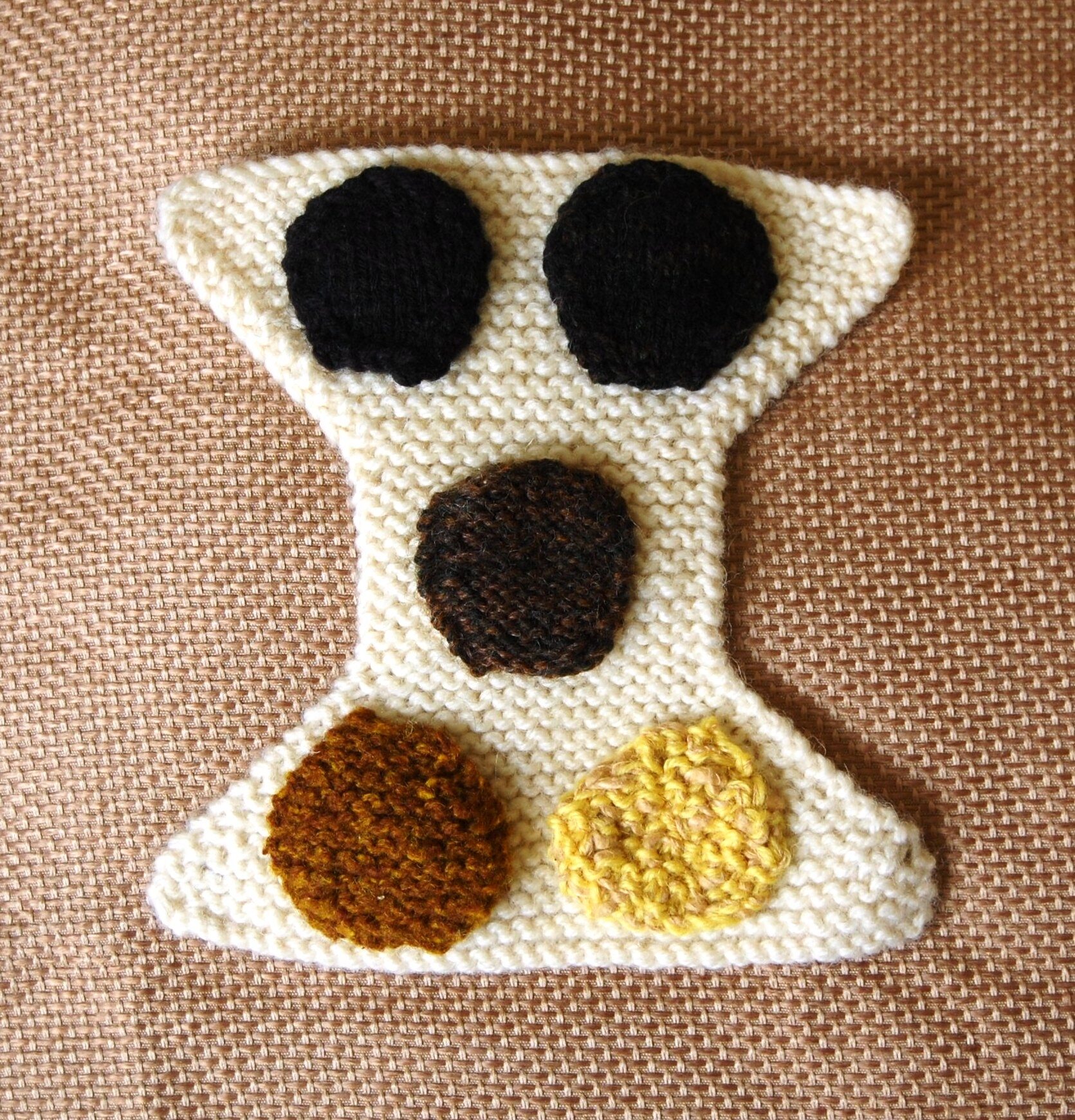Your baby’s first poos (known as meconium) are usually thick, sticky and tar-like and may look black. This is normal and is caused by substances your baby swallowed in the womb, and they are not harmful to your baby.
Poos and wees – a short guide about what to expect

Day 1 after birth
Baby will have 1 wet nappy (or sometimes 2) and 1 (or 2) meconium poos.
Day 2
Baby will have 2 or more wet nappies and 2 or more poos (still meconium)
Day 3 - 4
Baby will have 3 or more wet nappies each day and the amount of wee will increase – you can feel the difference in the weight of the nappies as they feel heavier. Poos – 2 or more and the colour will be changing to green (this is called changing stools and it happens because of the milk that the baby is now digesting, so changing refers to the fact that meconium is still there which gives the poo a green tinge but there will be a yellow shade coming through as well). Some babies do get to the yellow poo stage earlier and this is because they are drinking more milk.
Days 5-6
There will be 5 or more wet nappies each day and at least 2 poos. There will be no more of the dark meconium left in the baby’s bowel so the poo will be soft and yellow.
From Day 7 to six weeks
You can expect a baby who is feeding well to have 6 or more wet nappies every day and 2 or more soft yellow poos. Babies will continue to follow this same pattern of output for the first six weeks. If a baby is not having 6 or more wet nappies every day and at least 2 poos make sure the LMC midwife knows about this. It may be all fine but it’s good to check how feeding is going in these situations. Weight gain is another indication of how feeding is going and the LMC midwife will look at the big picture in terms of your baby’s development. Some breastfed babies have a poo in every nappy some days in the early weeks and this is normal.
From six weeks
After six weeks of age breastfed babies may have some days when they do not have any poos in their nappy but the number of wet nappies should be the same. The reason why there is a change in stooling patterns for the breastfed baby is because of the normal changes in the protein content of breast milk. In early lactation there are more whey proteins than casein proteins (80% whey to 20% casein in colostrum), and this changes to 60% to 40% in mature milk. Casein proteins are larger and more complex proteins and are harder to digest for the baby. As long as the baby is growing well, doing wees, and the poos are soft when the baby does pass them – there is no need to worry. Fully breastfed babies do not generally get constipated so there is no need to treat them for constipation. Talk to the LMC midwife or well child nurse if you are concerned.
Breastfed baby’s poo may be: mustard yellow, soft, look like it has seeds in it, runny with small lumps.
Babies fed on formula – which has more casein than whey proteins – may have less frequent, less soft poos after six weeks of age. Some formula fed babies can also get constipated so talk to the LMC midwife or well child nurse if there are any concerns.